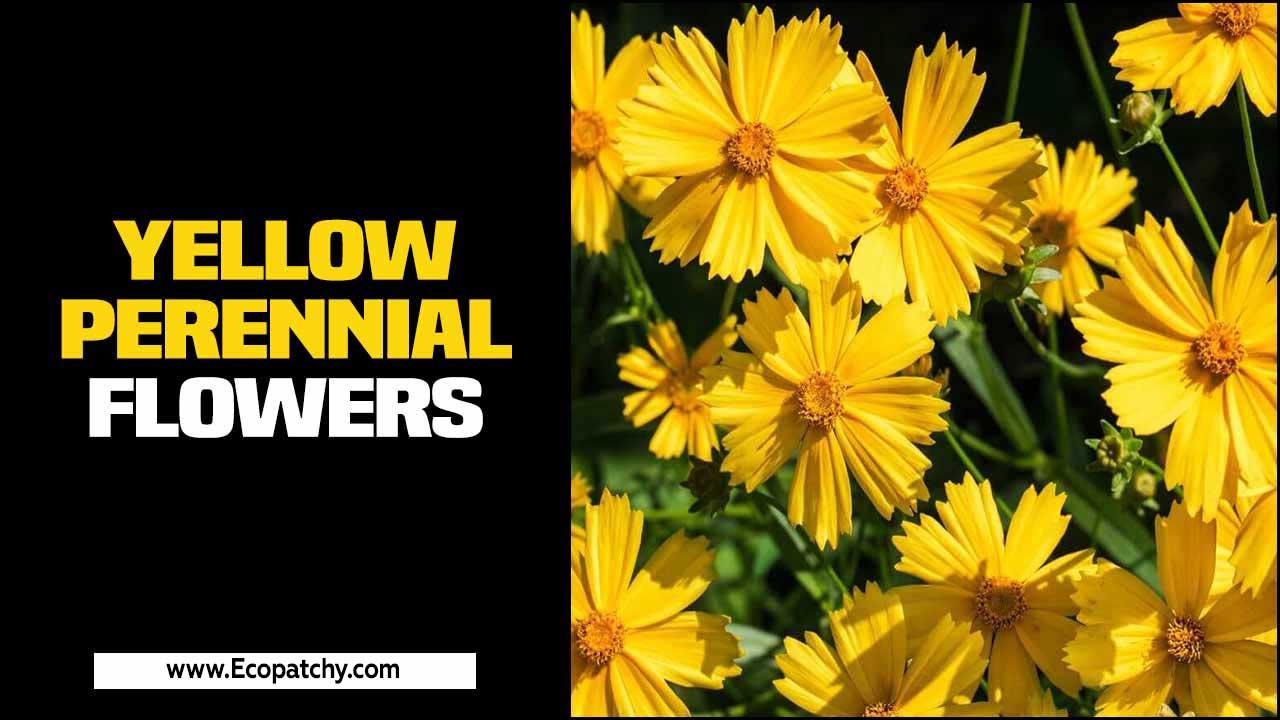Permaculture Gardening For Beginners: A Comprehensive Guide
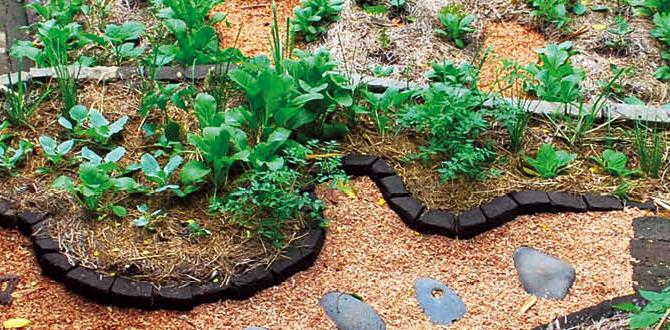
Permaculture Gardening for Beginners
Permaculture gardening offers a sustainable way to grow food while respecting nature. It combines elements like soil health, water conservation, and biodiversity. Beginners learn to design their gardens with nature’s patterns in mind, using techniques that mimic ecosystems. Imagine walking through a garden bursting with life—flowers, herbs, and vegetables all thriving together. Did you know that a small space can produce a lot of food? With simple steps, anyone can start a rewarding permaculture garden.Designing Your Permaculture Garden
Key elements to consider in garden planning and layout. Importance of zones and sectors in garden design.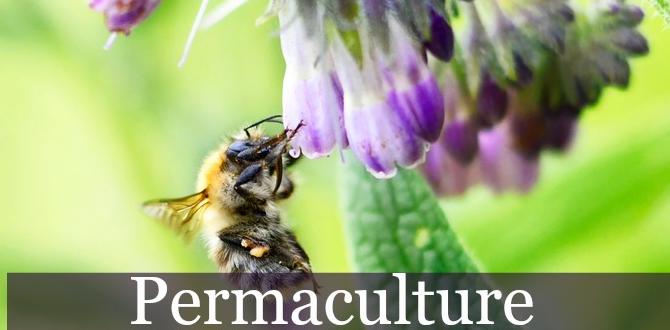
Planning a permaculture garden is like crafting a delicious recipe. You need the right ingredients! First, think about your zones. This means organizing your space according to activity and sunlight. Sectors help, too! They show how elements like wind and water move in your garden. Want tomatoes to thrive? Plant them where they get the most sun. Remember, a bit of humor makes it fun too—who knew tomatoes could be such sun worshippers?
| Element | Description |
|---|---|
| Zones | Areas for different plants and tasks. |
| Sectors | Natural forces affecting your garden. |
| Layout | Your garden’s design plan. |
Soil Health and Fertility
Techniques for building healthy soil sustainably. Importance of composting and mulching for soil enrichment.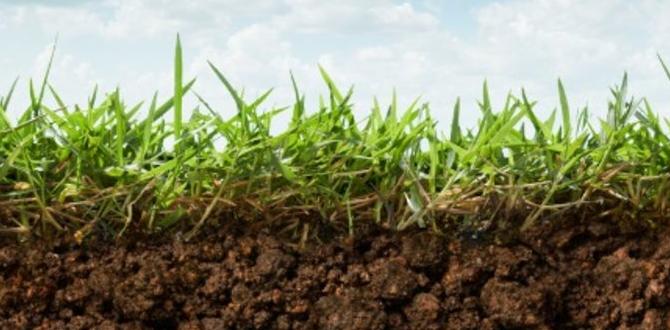
Healthy soil is like a superhero for your garden! It helps plants grow strong and keeps pests away. To build this super soil, use **composting** and **mulching**. Composting is like making a delicious smoothie from kitchen scraps. It adds nutrients that plants love. Mulching acts like a cozy blanket, keeping the soil warm and moist. Plus, it prevents weeds from crashing the party! Here’s a quick look at some fun techniques for maintaining soil health:
| Technique | Description |
|---|---|
| Composting | Mix kitchen scraps and yard waste for nutrient-rich soil. |
| Mulching | Cover soil with leaves or straw to retain moisture and prevent weeds. |
| Crop Rotation | Change plant types each season to prevent nutrient depletion. |
Remember, happy soil equals happy plants! Let’s dig into creating that amazing earth together!
Water Management Strategies
Techniques for efficient water use and irrigation systems. Tips for rainwater harvesting and greywater recycling.
Water is precious in gardening. Efficient use helps plants thrive. Here are some smart ways to manage water:
- Use drip irrigation for deep, targeted watering.
- Collect rainwater in barrels for irrigation.
- Recycle greywater from sinks or baths for plants.
These methods save water and keep gardens healthy. Remember, just a few clever tricks can make a big difference!
How can I collect rainwater effectively?
To collect rainwater, use a barrel placed under a downspout. Be sure to cover it to keep out debris. Regularly check for any blockages!
What is greywater recycling?
Greywater recycling is reusing water from sinks and showers. It’s a great way to give plants extra hydration. Just avoid using soap with harsh chemicals!
Pest and Disease Management in Permaculture
Natural pest control methods and beneficial insects. Importance of biodiversity in preventing plant diseases.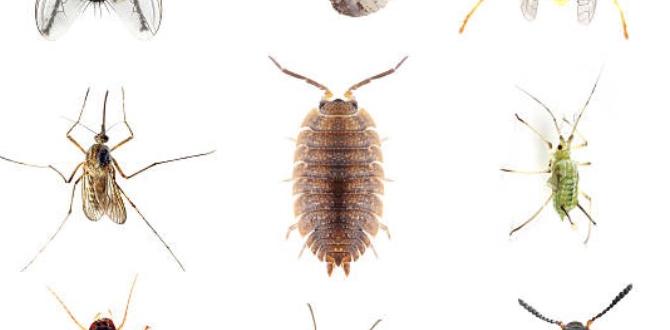
Pests and diseases can hurt gardens. In permaculture, we use natural ways to keep them away. Some insects are our friends. They help us by eating harmful bugs. Beneficial insects include ladybugs and lacewings. They make a big difference!
Another smart way to fight diseases is to have many different plants. This is called biodiversity. It helps protect your garden. Healthier plants can resist problems better. They work like a strong team!
- Ladybugs eat aphids.
- Lacewings feast on small pests.
- Diversity helps keep diseases away.
Why is biodiversity important in permaculture?
Biodiversity prevents plant diseases. A variety of plants creates balance. It attracts helpful insects and keeps harmful ones away. A colorful garden is a healthy garden!
Seasonal Gardening Tasks
Monthly tasks to maintain a healthy permaculture garden. Tips for crop rotation and seasonal planting schedules.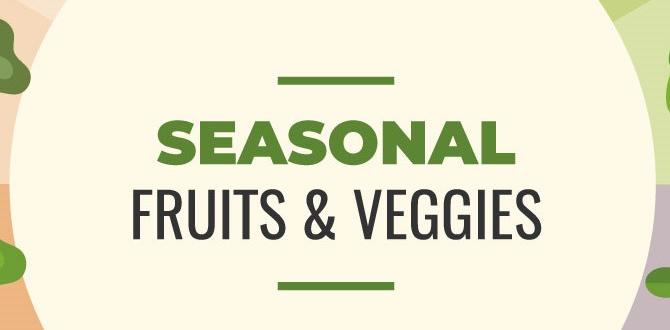
Gardening changes with the seasons, and so should your tasks. Each month, there are things to do to keep your permaculture garden healthy and happy. Think of it like a dance between you and your plants! Here’s a little monthly schedule:
| Month | Tasks |
|---|---|
| January | Plan your garden layout and order seeds. |
| April | Plant early crops like peas and lettuce. |
| July | Harvest crops and prepare for fall planting. |
| October | Clear out old plants and add compost. |
Crop rotation is important too. It helps keep the soil rich and your plants healthy. Try planting tomatoes after beans; they enjoy each other’s company! Remember, seasons come and go, but a happy garden stays!
Community and Resources
Importance of local permaculture communities and networks. Resources for further learning: books, online courses, and workshops.
Local permaculture communities are great for beginners. They help you learn from others. These groups share tips, ideas, and support. You can meet people who love gardening just like you!
For extra help, here are some helpful resources:
- Books: Look for titles on permaculture practices.
- Online courses: Many websites offer free or low-cost classes.
- Workshops: Join hands-on events in your community.
Getting involved can make your gardening journey even more fun and rewarding!
What resources can help beginners learn about permaculture?
Beginners can find help through books, online courses, and local workshops. These resources make learning easy and enjoyable.
Conclusion
In conclusion, permaculture gardening is a fun way to grow food and care for the Earth. You can start small, like planting herbs or vegetables. Remember to work with nature and use compost for healthy soil. We encourage you to explore local resources or books about permaculture. Take the first step, and enjoy your gardening journey!FAQs
What Are The Basic Principles Of Permaculture Gardening That Beginners Should Understand?Permaculture gardening is about working with nature. First, observe your land to understand what it needs. Then, grow plants that help each other. Use natural ways to keep pests away, and save water wisely. Finally, share what you grow, and help others enjoy gardening too!
How Can I Design A Permaculture Garden Layout That Maximizes Space And Resources?To design a permaculture garden, start by drawing a map of your space. Use circles and curves instead of straight lines. Plant taller plants, like tomatoes, next to shorter ones, like herbs. Group plants that need similar water and sunlight together. Don’t forget to add paths so you can easily walk through your garden!
What Are Some Suitable Plants For A Beginner’S Permaculture Garden, And How Do They Benefit The Ecosystem?For a beginner’s permaculture garden, you can grow plants like tomatoes, peppers, beans, and herbs. These plants are easy to care for and fun to grow. They help the environment by attracting helpful insects and improving the soil. Beans, for example, put nitrogen back into the ground, which helps other plants grow better. Plus, you will enjoy fresh veggies right from your garden!
How Do I Implement Water Management Techniques In A Permaculture Garden To Ensure Sustainability?To manage water in your permaculture garden, start by collecting rainwater in barrels. This helps water your plants when it’s dry. You can also create swales, which are small ditches that catch rain and let it soak into the soil. Planting trees and shrubs helps keep the soil moist. Finally, mulch around your plants to stop water from evaporating.
What Common Challenges Do Beginners Face When Starting A Permaculture Garden, And How Can They Be Overcome?Beginners often struggle with choosing the right plants. Some plants need lots of sun, while others need shade. We can fix this by reading about plants before we plant them. Watering can also be tricky; too much or too little can hurt them. You can learn how to check the soil to give just the right amount of water. Lastly, pests can be a problem. By attracting helpful bugs and using natural sprays, you can keep bad bugs away.
{“@context”:”https://schema.org”,”@type”: “FAQPage”,”mainEntity”:[{“@type”: “Question”,”name”: “What Are The Basic Principles Of Permaculture Gardening That Beginners Should Understand? “,”acceptedAnswer”: {“@type”: “Answer”,”text”: “Permaculture gardening is about working with nature. First, observe your land to understand what it needs. Then, grow plants that help each other. Use natural ways to keep pests away, and save water wisely. Finally, share what you grow, and help others enjoy gardening too!”}},{“@type”: “Question”,”name”: “How Can I Design A Permaculture Garden Layout That Maximizes Space And Resources? “,”acceptedAnswer”: {“@type”: “Answer”,”text”: “To design a permaculture garden, start by drawing a map of your space. Use circles and curves instead of straight lines. Plant taller plants, like tomatoes, next to shorter ones, like herbs. Group plants that need similar water and sunlight together. Don’t forget to add paths so you can easily walk through your garden!”}},{“@type”: “Question”,”name”: “What Are Some Suitable Plants For A Beginner’S Permaculture Garden, And How Do They Benefit The Ecosystem? “,”acceptedAnswer”: {“@type”: “Answer”,”text”: “For a beginner’s permaculture garden, you can grow plants like tomatoes, peppers, beans, and herbs. These plants are easy to care for and fun to grow. They help the environment by attracting helpful insects and improving the soil. Beans, for example, put nitrogen back into the ground, which helps other plants grow better. Plus, you will enjoy fresh veggies right from your garden!”}},{“@type”: “Question”,”name”: “How Do I Implement Water Management Techniques In A Permaculture Garden To Ensure Sustainability? “,”acceptedAnswer”: {“@type”: “Answer”,”text”: “To manage water in your permaculture garden, start by collecting rainwater in barrels. This helps water your plants when it’s dry. You can also create swales, which are small ditches that catch rain and let it soak into the soil. Planting trees and shrubs helps keep the soil moist. Finally, mulch around your plants to stop water from evaporating.”}},{“@type”: “Question”,”name”: “What Common Challenges Do Beginners Face When Starting A Permaculture Garden, And How Can They Be Overcome? “,”acceptedAnswer”: {“@type”: “Answer”,”text”: “Beginners often struggle with choosing the right plants. Some plants need lots of sun, while others need shade. We can fix this by reading about plants before we plant them. Watering can also be tricky; too much or too little can hurt them. You can learn how to check the soil to give just the right amount of water. Lastly, pests can be a problem. By attracting helpful bugs and using natural sprays, you can keep bad bugs away.”}}]}





